The Nettle or earlier too Stinging nettle is an undemanding plant that is native to the whole world. It is also regarded as nature's all-rounder and can be used excellently in medicine for many health purposes.
Occurrence and cultivation of nettle

There are over 45 different types of Nettles. The plant grows up to three meters high and grows in meadows, between stones or on the edges of walls in both sunny and shady places. The unbranched stem and the leaves are covered with stinging and bristle hairs. The leaves of the nettle are heart-shaped, toothed on the edge, deep green and up to eight centimeters long. The flowering period extends from June to October, the petals are white and tiny.
Effect & application
The Nettle both in the kitchen and in naturopathy. The leaves of the nettle are rich in minerals, iron and protein. In spring, the young leaves are harvested, boiled and processed into nettle spinach or soup. Nettle leaves can also be eaten as a salad; washing and marinating destroy the stinging hair and no longer stimulate it. The fresh pressed juice of the nettle is drunk pure for purification.
All parts of the nettle plant can be used in homeopathy. For external use, the fresh plant is painted over the diseased areas or a poultice is made from it. Nettle can be crushed with salt and used as a dressing for ulcers or as a bath additive. More often, the nettle is used internally, leaves, stems and roots can be used. The nettle leaves can be dried and prepared as tea, for which fresh leaves are also suitable.
Dried nettle herb has a very long shelf life and can be made for storage. Alternatively, a tincture or nettle spirit can be prepared with nettles. The roots of the plant can be cut and used with the herb or dried and stored as well. By preparing the nettle in strong wine vinegar, nettle vinegar is obtained, which is well suited for external use.
Importance to health
Nettle leaves and herbs have a diuretic and anti-inflammatory effect and are often used for rheumatic complaints and osteoarthritis. This application is also used for gout and lumbago.
Thanks to their blood cleansing properties, nettles can lower the levels of uric acid in the body and reduce these ailments. The properties of the nettle work against ulcers throughout the body, and this plant provides valuable services for stomach and intestinal complaints. The stinging nettle also provides relief for inflammation of the lower urinary tract, hemorrhoids and jaundice. The use of the root is particularly indicated here. In addition, the nettle has a vasodilator effect, lowers blood pressure, builds blood, stimulates blood circulation and lowers the blood sugar level. It has a preventive effect against various diseases, but should not be used in the event of water retention in the tissue (edema).
The nettle has a detoxifying and dehydrating effect and is often used for a detox treatment in spring. Due to the diuretic and digestive effects, toxins are excreted, the metabolism is stimulated and the body is internally cleaned. The juice of the nettle counteracts spring fatigue.
For beautiful, thick and dandruff-free hair, it is washed in a strong nettle infusion. Nettle tincture can be massaged into the scalp as a support; Conditioner with nettle vinegar strengthens the hair and gives it shine.
To cleanse the skin, the face and décolleté are washed with nettle infusion and clarified with nettle spirit if desired; This prevents oily skin and blackheads. Applied internally and externally, the nettle ensures cleansing and health throughout the body.

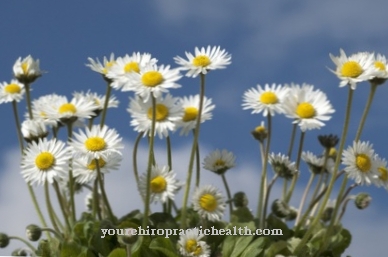
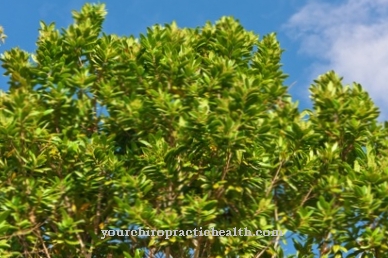
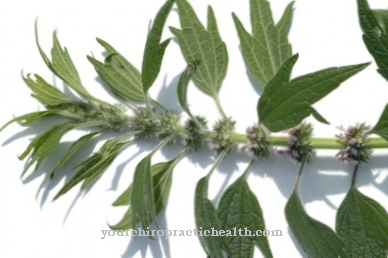
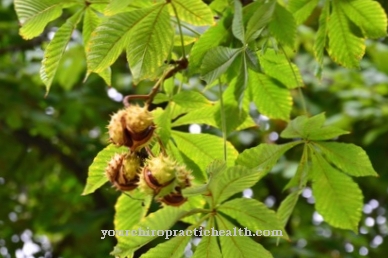
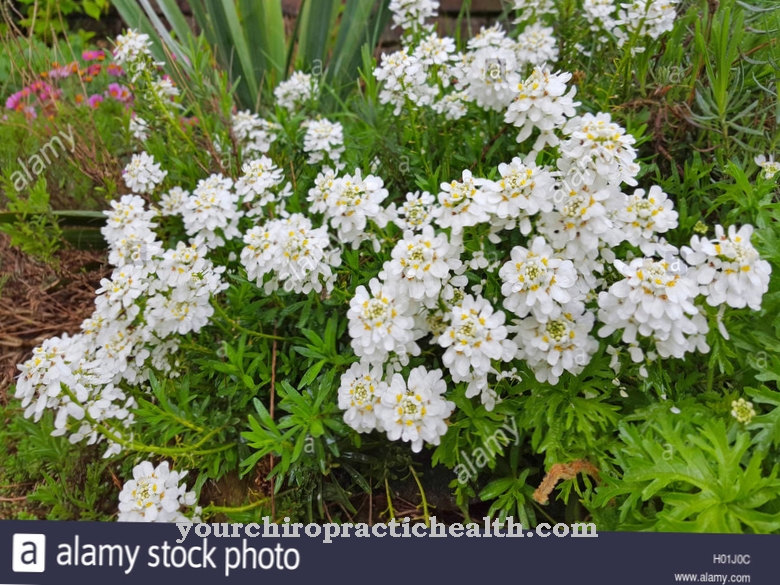











.jpg)



.jpg)

.jpg)




